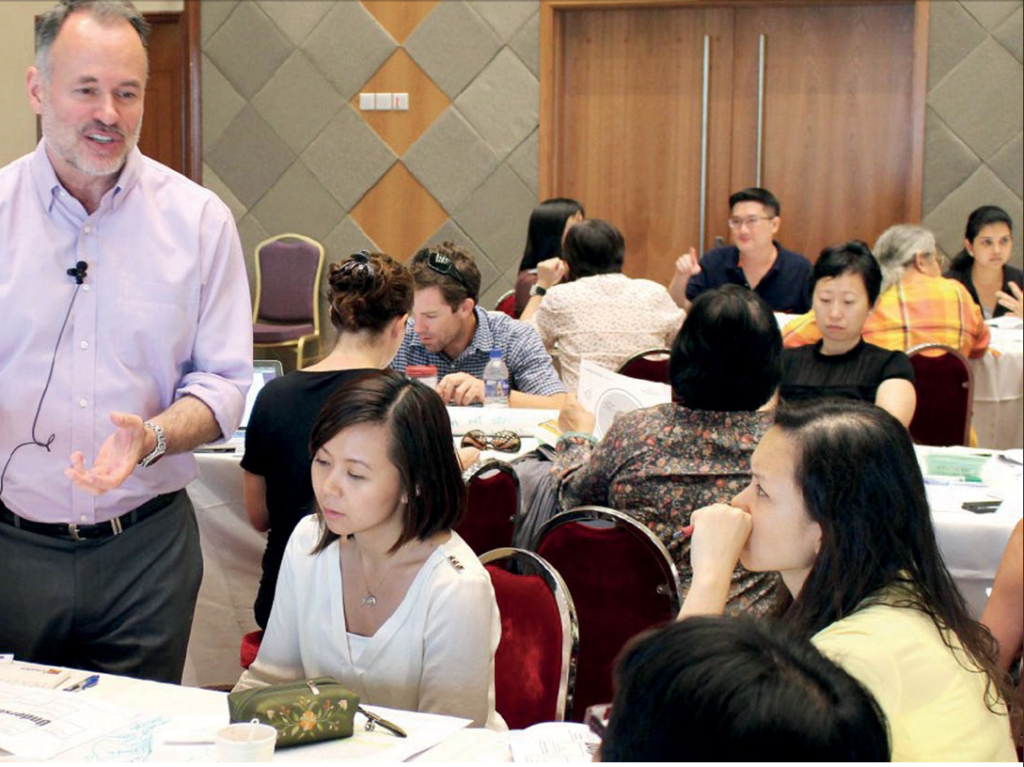
Since 1994, Ron Ritchhart has been involved with Project Zero, aiming to understand how to develop, nurture and sustain thoughtful learning environments for both students and teachers. His books Making Thinking Visible and Creating Cultures of Thinking have not only put out a call for action for schools to become inspirational environments that bring out the best in all learners, but they have also offered concrete strategies and approaches to make that happen.
His research has explored areas such as intellectual character, mindfulness, thinking dispositions, teaching for understanding, creativity in teaching and the development of communities of practice. From this, he has clarified a framework for leveraging the cultural forces that exist in classrooms and has developed a series of ‘Thinking Routines’ that help scaffold and support thinking and make the learning process visible as ideas are expressed, discussed and reflected upon.
Can you give us a brief overview of the ‘Cultures of Thinking’ and tell us a bit about the project and the key concepts?
Well, several years ago I became really interested in the idea of thinking dispositions. To cultivate those, one can’t rely on direct teaching. What we have to do is create a culture in which thinking is supported and where we enable students to develop deep understanding and also to develop those habits of mind. The framework that we use for understanding how culture exists comes from some early research that I did almost 20 years ago in which I looked at classrooms where teachers were really adept at getting students to think. I set out to try and understand how those teachers developed their students as thinkers and learners. And what I saw was that all of those teachers really leveraged the culture, and from that, we then identified what we call cultural forces. I’ve chosen that name quite deliberately because, just like the force of gravity, it is not something we choose. These forces already exist in classrooms, so they’re not something we choose to implement, but they are something we can choose to use to shape the culture.
Those eight cultural forces are:
- the routines and structures that the group has in place
- how time is allocated
- the opportunities that are being created
- the interactions that teachers have with students and that students have with one another,
- the modelling that teachers offer of who they are as thinkers and learners,
- the physical environment,
- the language that gets used, particularly language of thinking
- the expectations that we have for our students that really guide us
So those eight forces really wind up being the centre of our work. There’s a lot there. We’ve spent a lot of time researching each of those in more depth to provide teachers with tools to help them move forward.